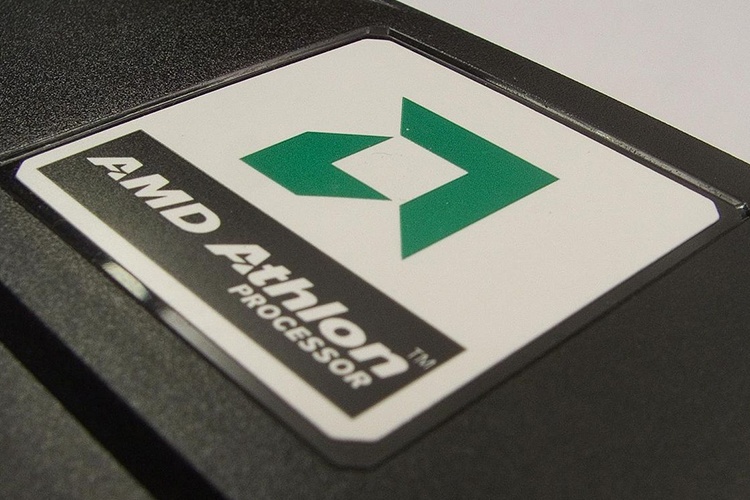At the start of the millennium, the microprocessor industry was dominated by two companies – Intel and AMD. In India, technology adoption and upgradation at the government level began only in 2003, with the launch of the National E-governance Plan (NeGP). However, the Government’s lack of technical understanding led to making uninformed decisions in the purchase of computers at the microprocessor level. As a result, tenders denoted brand names (against the rules of procurement laid down by the Govt. of India) such as “Intel Pentium” as a requirement without realizing that Intel is not a generic name but a brand name and that there are other options such as AMD. This situation became a huge obstacle in AMD’s sales strategy to gain market share within this vertical. It could not participate in a bulk of government tenders as changing a government tender once floated was near impossible. Numerous visits to government agencies had proven unfruitful as decisions were slow and caught up in red tape. Globally, AMD has been a victim of monopolistic practices; however in India, it was felt that the bias was a result of unfair trade practices as well as lack of proper awareness.
Description of the Work
The PRactice realized the need to create a movement within the journalist community that will pressure government agencies to follow fair trade practices which often meant increased savings and/or better technology. Along with the client, we spent a significant amount of time building relationships with and educating a small but well chosen set of journalists who would take on this charge. While the journalists began tracking government tenders on their own and reaching out to AMD for its comments, we shifted our efforts to build a case study that clearly demonstrated the value of engaging in fair trade. Finally, to further highlight the cost and technology benefits of buying an AMD microprocessor as opposed to an Intel microprocessor, The PRactice began positioning AMD as the partner of choice for the Government’s IT projects.
Outcome
Nearly 90% of tenders were awarded to AMD in January 2008, and by January 2009 80% of the tenders were given to AMD (Approximately, an additional business opportunity worth Rs. 2400 crore or USD 500 million). Apart from this, the campaign was successful in creating three torch bearers for fair trade in the leading dailies. They began keeping track of all major government tenders and would frequently get in touch with AMD to check if it’s open to them.





